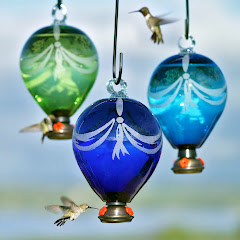 To be, or not to be--that is the question:
To be, or not to be--that is the question:
Whether 'tis nobler in the mind to suffer
The slings and arrows of outrageous fortune
Or to take arms against a sea of troubles
And by opposing end them. To die, to sleep--
No more--and by a sleep to say we end
The heartache, and the thousand natural shocks
That flesh is heir to. 'Tis a consummation
Devoutly to be wished. To die, to sleep--
To sleep--perchance to dream: ay, there's the rub,
For in that sleep of death what dreams may come
When we have shuffled off this mortal coil,
Must give us pause. There's the respect
That makes calamity of so long life.
2. Hummingbirds don't have the downy feathers common in most other larger birds. Their lack of insulation means hummers lose a large amount of their body heat, needlessly sapping away energy necessary for survival.
To compensate for these challenges, hummingbirds have evolved a special sleep state called torpor, lowering their metabolic rate by as much as 95%! Essentially hummers become hypothermic when they sleep, lowering their internal thermostat to lower their energy consumption. Torpid hummingbirds use 50 times less energy than when they are awake.
When hummingbirds are torpid their body temperature drops so dramatically that for all intents and purposes they appear death-like. Heart rate slows, breathing is shallow, hummers nest motionless like they are frozen in time. Waking up from torpor takes almost a half hour as the hummer slowly starts revving up its engine for another day of foraging. The bird begins to shiver as its heart starts pumping faster, the heat generated by its small vibrating body starting to warm it up.
Through torpor hummingbirds find "what dreams may come" and make it through cold nights to "shuffle off this mortal coil".




No comments:
Post a Comment